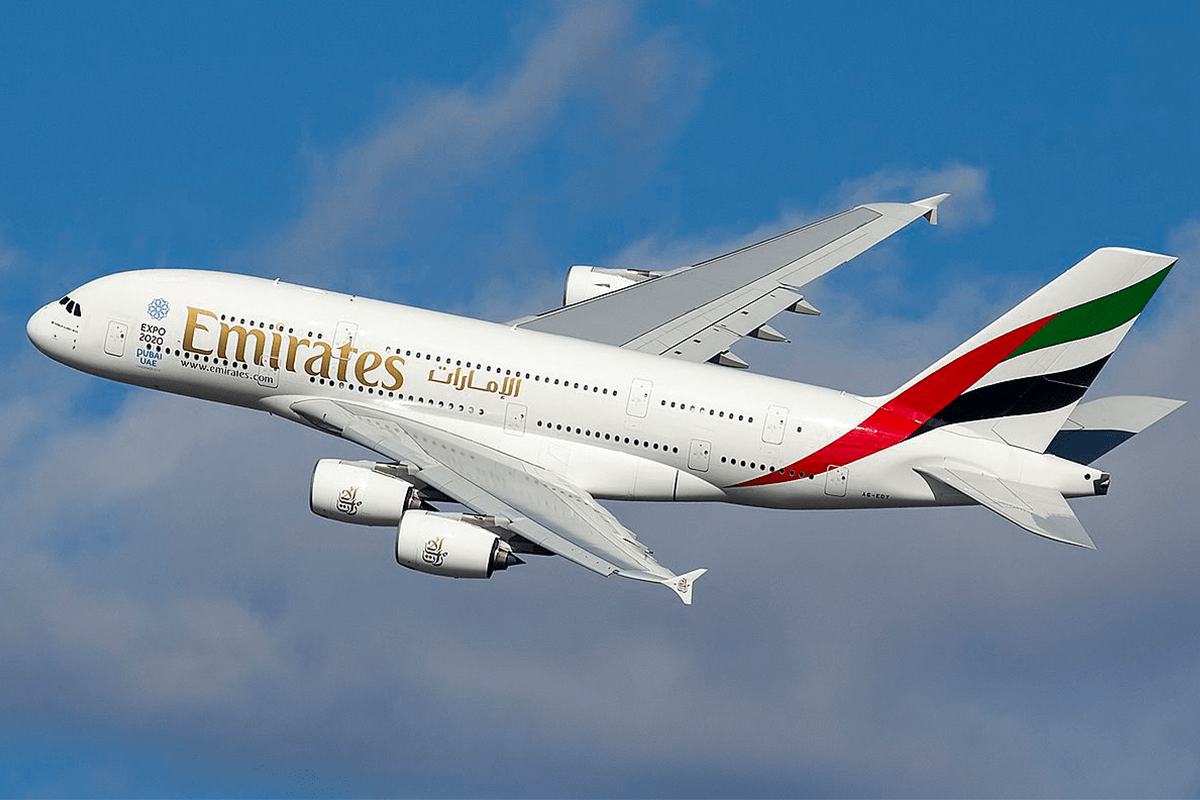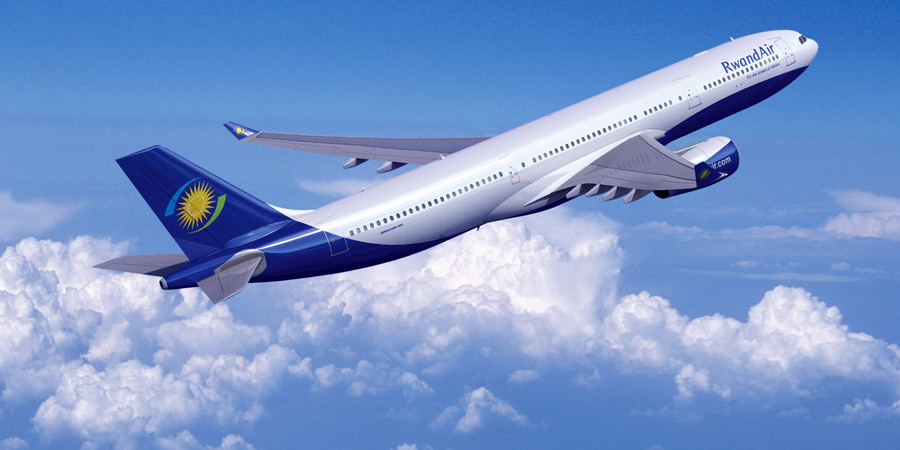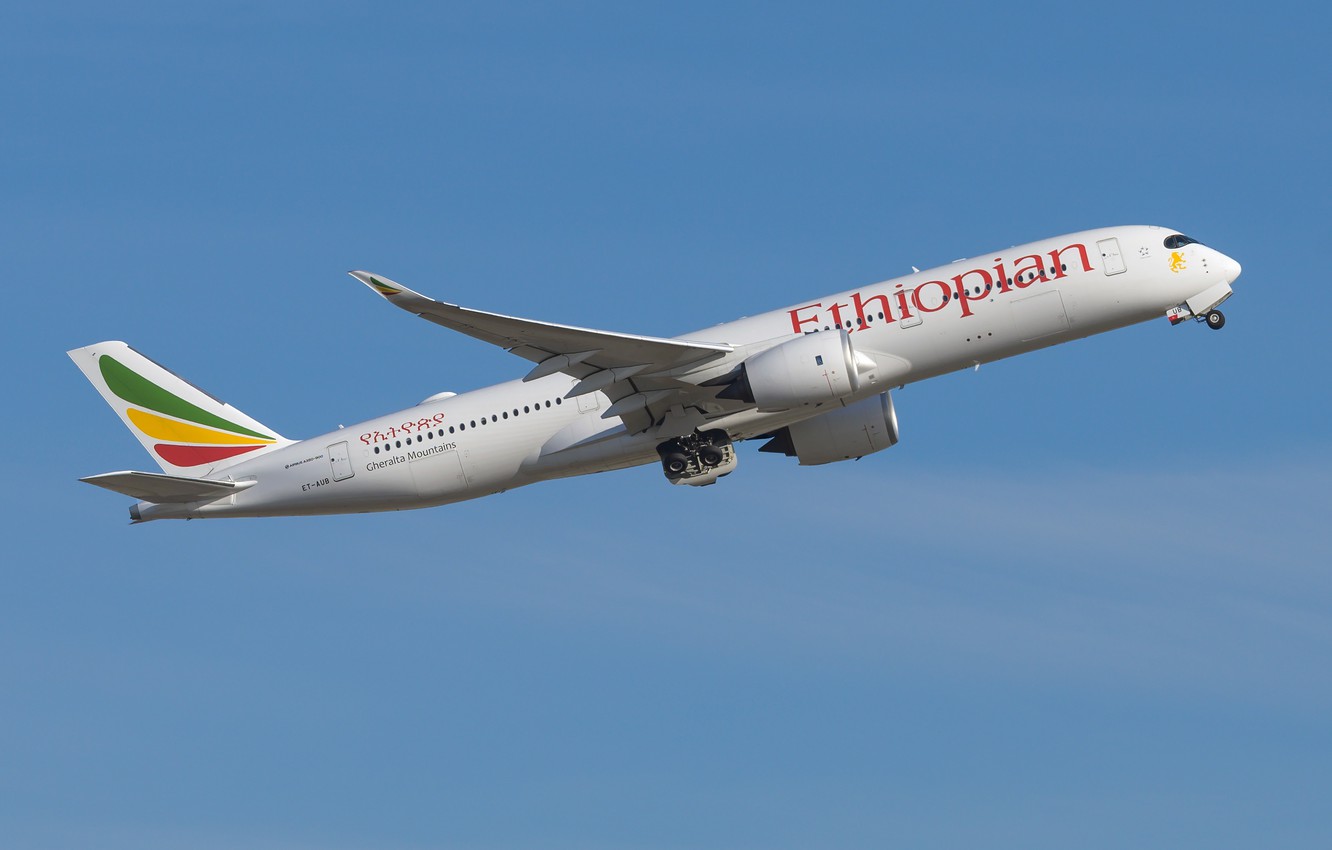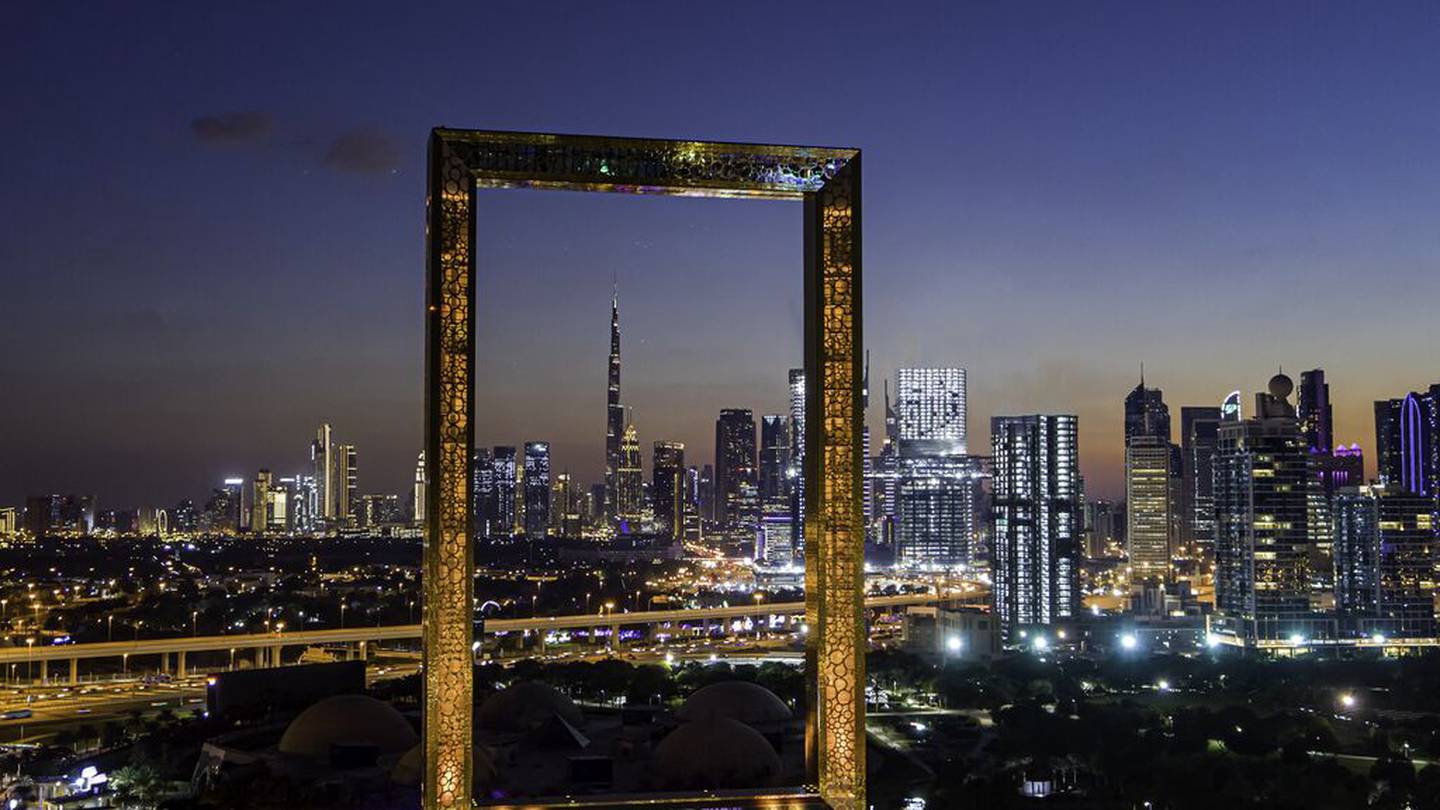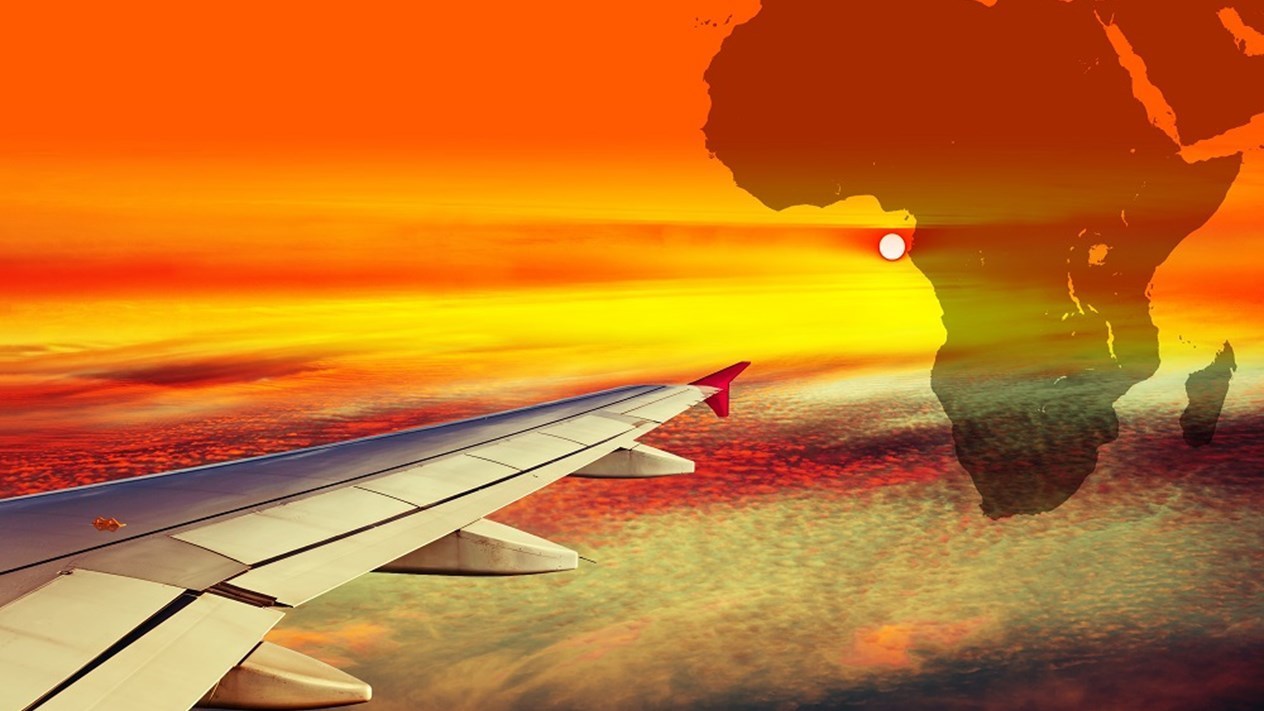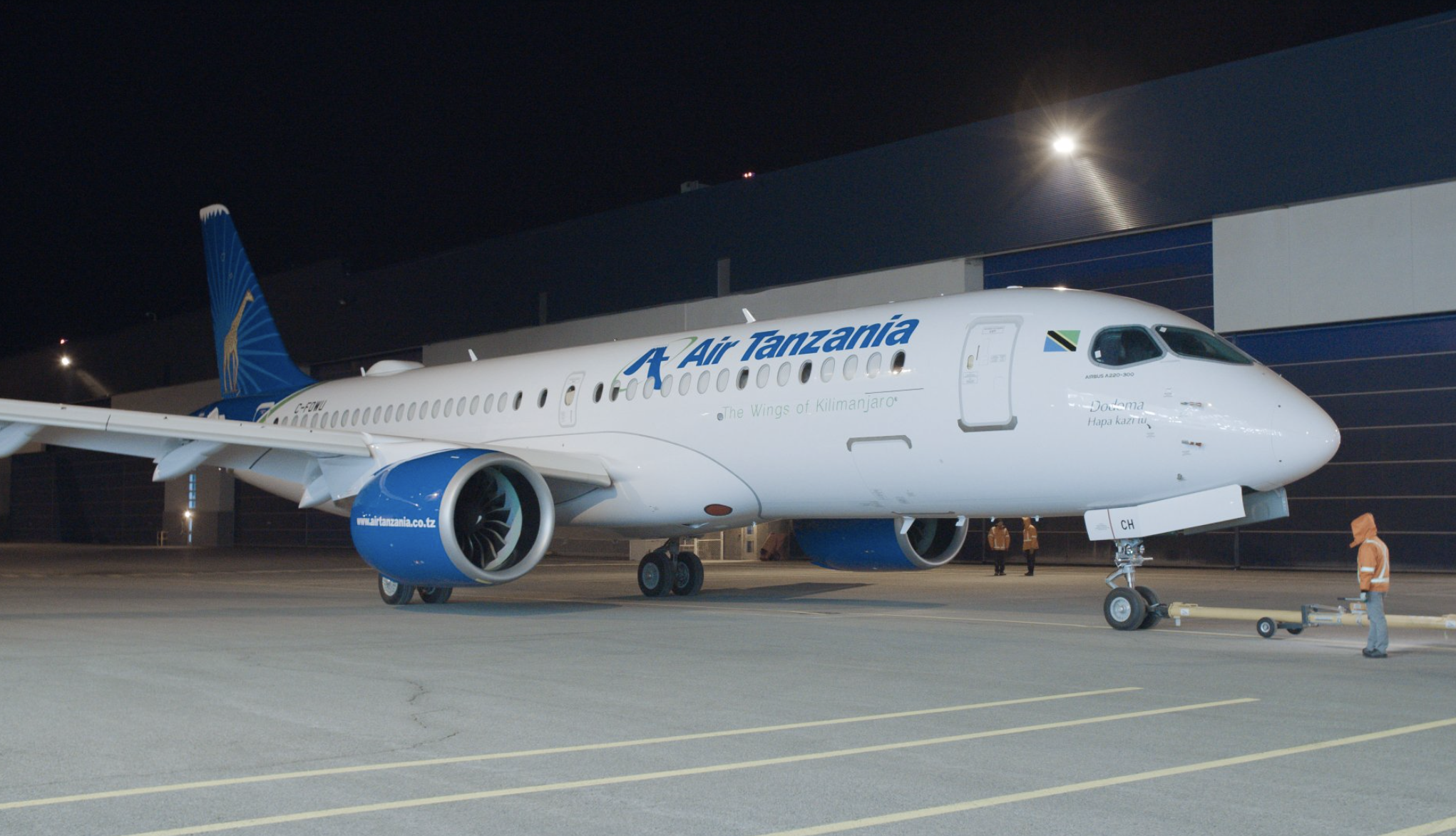The United Arab Emirates is ranked as the world’s number one passport to hold in terms of mobility and freedom from travel restrictions, according to the latest publication of the Passport Index, a global ranking by Montreal-based citizenship financial advisory firm Arton Capital.
The UAE, a small, oil-rich Gulf sheikhdom of about 10 million people — some 90% of whom are foreign expats — has beaten the likes of Germany, Sweden, Finland and Luxembourg in the latest ranking, though those countries are all in the top five.
Essentially, if you’re an Emirati passport holder, you can travel to a huge number of countries visa-free, and in many others you can get a visa right when you arrive. Emirati passport holders can enter 121 countries without a visa, and get a visa on arrival in a further 59 states. They need a visa for just 19 countries, meaning they’re able to access 91% of the world’s countries without having to apply for a visa before traveling.
Compare that to the United States, whose passport allows visa-free travel to 109 countries and visa-on-arrival to 56, while 26 countries require Americans to apply for visas in order to enter. The U.S. passport’s “world reach” is calculated at 83% of the world’s countries, compared to the UAE’s 91%.
The UAE, a desert hub for business and travel that’s home to the most multinational company headquarters of any Middle Eastern country, received a list-topping “mobility score” of 180. The methodology behind that score takes into account visa-free and visa on arrival privileges in other countries, and “the higher the mobility score, the better global mobility its passport bearer enjoys,” according to the report.
“What sets the UAE passport apart in particular is its ability for holders to enter countries with a visa on arrival,” Armand Arton, president and CEO of Arton Capital, told CNBC.
“Whilst the passport’s power to enter countries visa free is comparable to its competitors, those with a UAE passport can enter 13 more countries with a visa on arrival than those with a German passport, the second ranked passport.”
The UAE has benefitted from numerous reforms in recent years that have brought many more people into the country to live, including normalizing relations with Israel and introducing a remote workers visa. Its leaders have reopened or improved diplomatic links and made major investments and trade agreements with several different countries.
Many mobility reforms were carried out so quickly in comparison to EU countries because of the differences in their governments, says Arton.
“The European Union controls the most power to change the global mobility rankings as it represents all members states,” he said. “As a result, a new visa waiver agreement with Europe can instantly boost a country’s ranking. This, however, is a double-edged sword, as the EU is a heavy machine that requires consensus from all member states before acting. ”
“Therefore,” Arton added, “it cannot act as swiftly and decisively as the UAE has done and continues to do.”
The UAE has also refrained from cutting travel ties with Russia and Belarus over the war in Ukraine, unlike many Western governments, making it a highly desirable destination for people from those countries, particularly those trying to evade sanctions. The resulting influx of people has led to a property boom, especially for the UAE’s glitzy commercial and tourism capital Dubai.
Dubai itself was recently ranked by the networking platform InterNations as one of the world’s top five cities for expats to live. Allowing easy entry for more nationalities typically means that those countries reciprocate.
“The UAE has emerged as a unique crossroads,” said Taufiq Rahim, a research fellow at the Mohammed bin Rashid School of Government in Dubai. “It is between East and West, advanced economies and developing ones, and open to all. It is hard for any country to compete with this diversity of access and thus no surprise that it would top any passport index.”
For Khalifa BinHendi, an Emirati businessman and public figure based in Dubai, the UAE passport has been pivotal to his businesses’ growth and innovation.
“As businessmen, having the strongest passport on the global stage unlocks vast opportunities and creates a culture of speed,” BinHendi said. “Speed is everything in business, the faster you are the better the results. We can travel from London to Tokyo on a course of 24 hours which gives us a unique position and sharpens our competitive edge in running our business ventures and franchises.”
“This makes us beyond proud of our nation,” he added. “It motivates us all to be better citizens and contribute to the betterment of the UAE economy and society.”
Emirati passport holders count at roughly 1.5 million, according to local media reports. The UAE is also regularly named as one of the world’s safest countries, with an extremely low crime rate.
“Europe remains a particularly strong cohort, yet the rise of passports from the Gulf states are undeniable,” a statement from Arton Capital said. The results also showed, it added, “how some passports are stagnating, such as the UK’s as a result of domestic political choices.”
Despite a war erupting in Europe and the travel-stopping consequences of the Covid-19 pandemic, countries have overall actually become more welcoming and global mobility has increased, the report said. Changing work structures including the rise of remote working have helped push this along.
“Many are considering swapping the commute to the office for life as a ‘digital nomad’,” Arton Capital wrote. “The investment such workers bring into host countries is highly attractive to many states. Consequently the world has seen a surge in the implementation of ‘digital nomad’ visas in countries around the globe, from Thailand to Estonia.”
“Though the world continues to feel the aftershocks of the pandemic, surprisingly, travelling has never been easier, with steady growth in passport power across the board, a trend that we predict will continue into 2023,” the firm wrote, adding that according to its methodology, almost every passport in the world has become more powerful in terms of its mobility.
Source: CNBC

